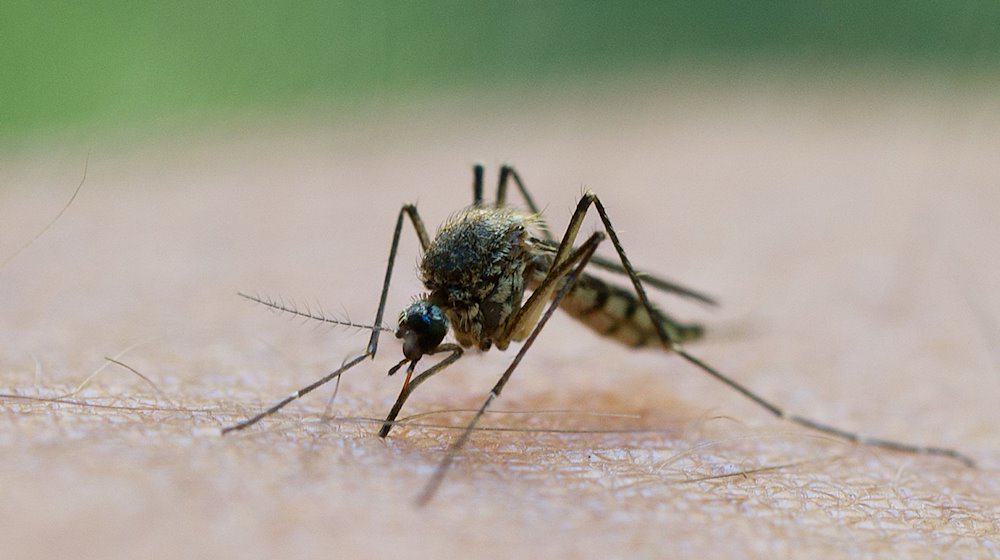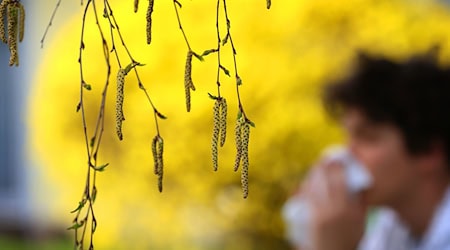People in Saxony have to be prepared for significantly more mosquitoes this year. "The mild winters and higher annual temperatures create favorable conditions for most mosquito species," said Matthias Nuß, insect researcher at the Senckenberg Museum of Zoology in Dresden. This year, the growing season in Saxony began around four weeks earlier than usual. "This is enough time for the female mosquitoes to produce an entire generation."
Mosquitoes are also considered potential virus carriers. "In cold winters with heavy frost, the viruses die off. This has not been the case this year," explained Nuß. In addition to the 52 species of mosquitoes known in Germany to date, new species are constantly being added, such as the bush mosquito or the tiger mosquito, which were previously not native to Saxony due to the colder climate.
These species are very well adapted to the settlement area, the insect researcher emphasized. For example, the females lay their eggs in the saucers of flower pots, which then hatch quickly after the first rainfall. These mosquitoes could also transmit malaria, dengue fever or the Zika virus. "These diseases are not yet established in our country. But it is important to push ahead with research into therapies for these diseases," said Nuß.
According to meteorologists, last winter was exceptionally wet and mild in Saxony. According to the German Weather Service (DWD), an average of 237 liters of precipitation per square meter fell from December to February. The long-term average for the internationally valid reference period from 1961 to 1990 is 152 liters per square meter. The average temperature was 3.4 degrees Celsius, 3.8 degrees above the long-term average. In February, it was even 6.2 degrees Celsius on average - almost as warm as a typical April (long-term average in April: 7.3 degrees) and warmer than any February since 1881.
There is no need to panic, but certain preventative measures make sense, emphasized Nuß. Anyone who spends time outdoors should use appropriate repellent sprays, which would also help against ticks. "In particularly warm summer periods, it is also a good idea to sleep under a mosquito net."
Copyright 2024, dpa (www.dpa.de). All rights reserved










